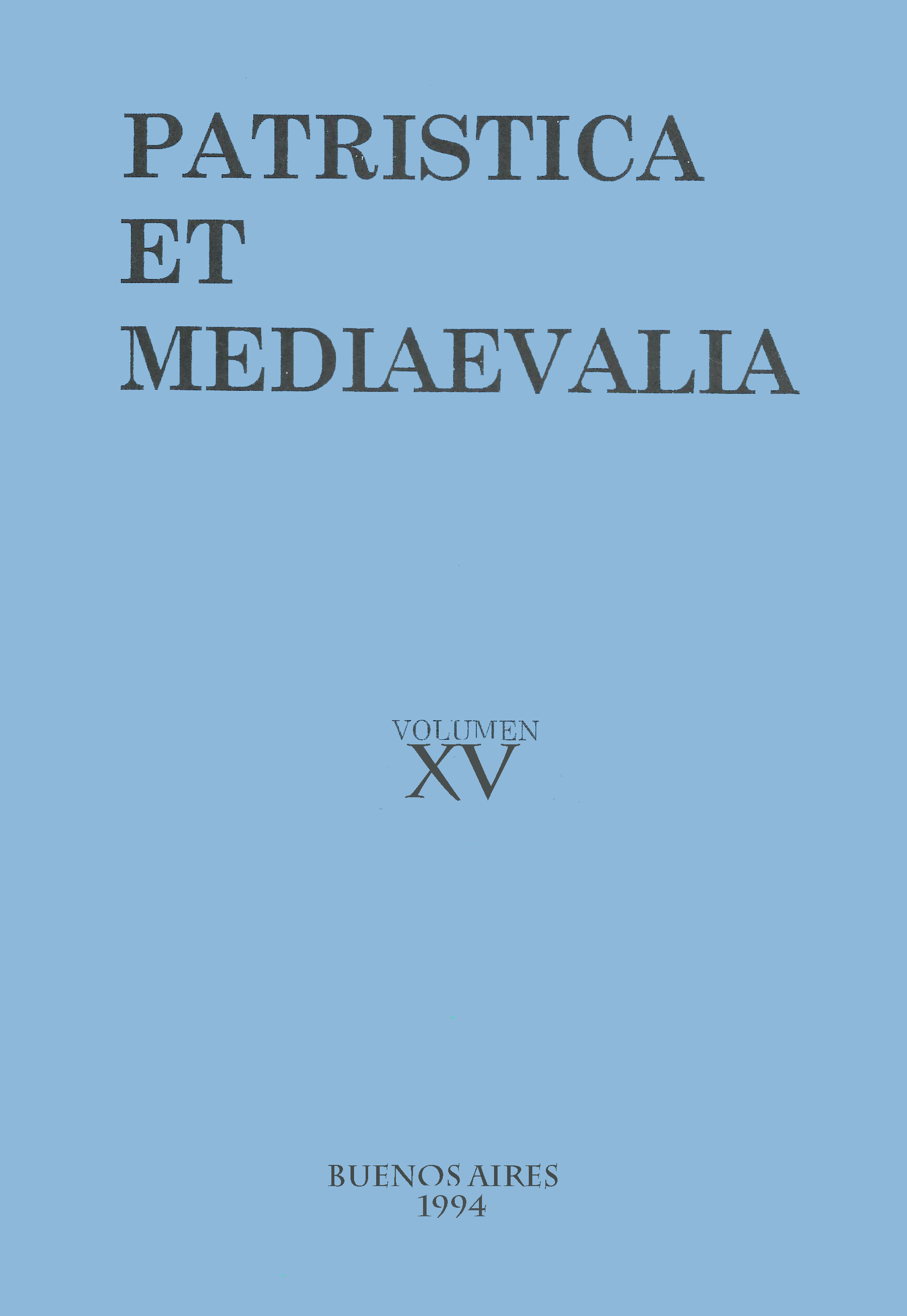El De animalibus de Alberto Magno y la organización del discurso sobre los animales en el siglo XIII
Resumen
El discurso sobre los animales en el siglo XIII se organizó en torno a un cierto número de géneros literarios. Cada uno de ellos fue el resultado de la transformación de los materiales recibidos de la Antigüedad, incorporó un proyecto epistemológico y respondió a una demanda retórica específica. El comentario de Alberto Magno sobre el De animalibus se toma aquí como una síntesis entre las diferentes formas de hablar de los animales. Este trabajo considera, en primer lugar, cómo el De animalibus de Alberto apunta a la articulación de los discursos médicos y filosóficos sobre los animales. En secungo lugar, de qué manera Albert resuelve el problema de la integración del discurso de natura rerum en el marco del comentario aristotélico. La primera cuestión se analiza centrándose en las controversias entre médicos y filósofos sobre el origen de las venas, la existencia del esperma femenino y los componentes últimos de los seres vivos. La segunda sección discute la forma en que Albert modificó el De natura rerum de Tomás de Cantimpré para incluir su material en su propio comentario.Descargas
1. Los/as autores/as que publiquen en esta revista aceptan las siguientes condiciones:
-
Conservan los derechos de autor/a y ceden a la revista el derecho de la primera publicación, con el trabajo registrado con Licencia Atribución-CompartirIgual 4.0 Internacional, que permite a terceros utilizar lo publicado siempre que mencionen la autoría del trabajo y a la primera publicación en esta revista.
-
Pueden realizar otros acuerdos contractuales independientes y adicionales para la distribución no exclusiva de la versión del artículo publicado en esta revista (p. ej., incluirlo en un repositorio institucional o publicarlo en un libro) siempre que indiquen claramente que el trabajo se publicó por primera vez en esta revista.
-
Tienen permitido y se les recomienda publicar su trabajo en Internet (por ejemplo en páginas institucionales o personales).
2. Condiciones de auto-archivo. Se permite y se anima a los/as autores/as a difundir electrónicas la versión post-print de sus obras ya que favorece su circulación y difusión y con ello un posible aumento en su citación y alcance entre la comunidad académica. Color RoMEO: azul.













